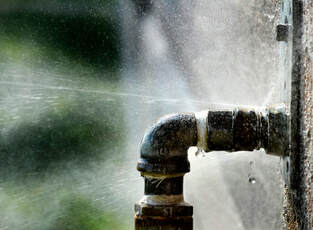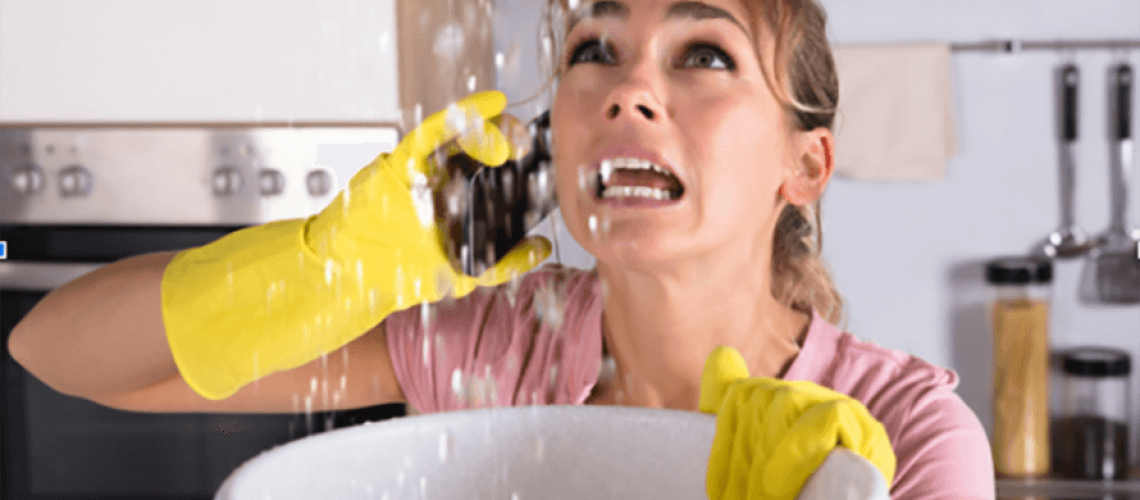Expose Hidden Water Line Leaks: 6 Tested Techniques for Detecting
Expose Hidden Water Line Leaks: 6 Tested Techniques for Detecting
Blog Article
What're your ideas on Finding hidden leaks?

Early detection of dripping water lines can reduce a possible disaster. Aside from conserving you cash, it will reduce the worry and disappointment. The minute you locate a leakage, calling your plumber for repairs is the very best option. Nonetheless, some little water leakages might not show up. If you can not detect it with your naked eyes, here are some hacks that help.
1. Take A Look At the Water Meter
Every home has a water meter. Inspecting it is a guaranteed way that aids you find leaks. For beginners, switch off all the water sources. Guarantee no person will certainly flush, make use of the faucet, shower, run the cleaning maker or dishwasher. From there, most likely to the meter as well as watch if it will certainly alter. Given that nobody is utilizing it, there ought to be no activities. That suggests a fast-moving leakage if it moves. Furthermore, if you spot no changes, wait a hr or 2 and inspect back once more. This suggests you might have a slow leak that might even be below ground.
2. Check Water Usage
Analyze your water bills and also track your water intake. As the one paying it, you must discover if there are any kind of inconsistencies. If you identify sudden changes, regardless of your usage being the same, it means that you have leakages in your plumbing system. Bear in mind, your water expense ought to drop under the exact same range every month. An abrupt spike in your expense indicates a fast-moving leakage.
On the other hand, a constant increase each month, even with the exact same routines, reveals you have a slow leak that's additionally gradually escalating. Call a plumber to thoroughly check your building, especially if you really feel a cozy location on your flooring with piping below.
3. Do a Food Coloring Examination
When it comes to water intake, 30% comes from commodes. If the shade somehow infiltrates your bowl during that time without flushing, there's a leak between the tank and bowl.
4. Asses Exterior Lines
Don't fail to remember to inspect your outdoor water lines too. Test spigots by affixing a yard tube. Must water leak out of the connection, you have a loose rubber gasket. Replace this and make sure all links are tight. If you've obtained a sprinkler system, it will assist get it properly examined and maintained yearly. One little leakage can waste tons of water and spike your water expense.
5. Evaluate the circumstance as well as inspect
House owners should make it a practice to examine under the sink counters and even inside cupboards for any type of bad odor or mold growth. These two red flags show a leak so prompt attention is called for. Doing regular examinations, also bi-annually, can conserve you from a major problem.
If you know your home is already old, keep a watchful eye on your heating units, pipes, pipelines and so on. Look for stainings and also weakening as many appliances and pipelines have a life expectancy. They will also normally weaken due to wear and tear. Do not wait for it to intensify if you suspect leaking water lines in your plumbing system. Call a specialist plumber today so you do not wind up with an awful mess in your home.
Early detection of dripping water lines can minimize a potential catastrophe. Some small water leaks may not be noticeable. Checking it is a guaranteed means that aids you discover leaks. One little leakage can waste heaps of water and also spike your water bill.
If you think dripping water lines in your plumbing system, do not wait for it to rise.
WARNING SIGNS OF WATER LEAKAGE BEHIND THE WALL
PERSISTENT MUSTY ODORS
As water slowly drips from a leaky pipe inside the wall, flooring and sheetrock stay damp and develop an odor similar to wet cardboard. It generates a musty smell that can help you find hidden leaks.
MOLD IN UNUSUAL AREAS
Mold usually grows in wet areas like kitchens, baths and laundry rooms. If you spot the stuff on walls or baseboards in other rooms of the house, it’s a good indicator of undetected water leaks.
STAINS THAT GROW
When mold thrives around a leaky pipe, it sometimes takes hold on the inside surface of the affected wall. A growing stain on otherwise clean sheetrock is often your sign of a hidden plumbing problem.
PEELING OR BUBBLING WALLPAPER / PAINT
This clue is easy to miss in rooms that don’t get much use. When you see wallpaper separating along seams or paint bubbling or flaking off the wall, blame sheetrock that stays wet because of an undetected leak.
BUCKLED CEILINGS AND STAINED FLOORS
If ceilings or floors in bathrooms, kitchens or laundry areas develop structural problems, don’t rule out constant damp inside the walls. Wet sheetrock can affect adjacent framing, flooring and ceilings.
https://www.servicemasterbyzaba.com/blog/how-to-detect-water-leakage-in-walls/

We were shown that report on Leaking water lines through an associate on our other website. Sharing is caring. Who knows, you may just be doing someone a favor. Thanks for your time spent reading it.
Drains blocked? Dial. Report this page